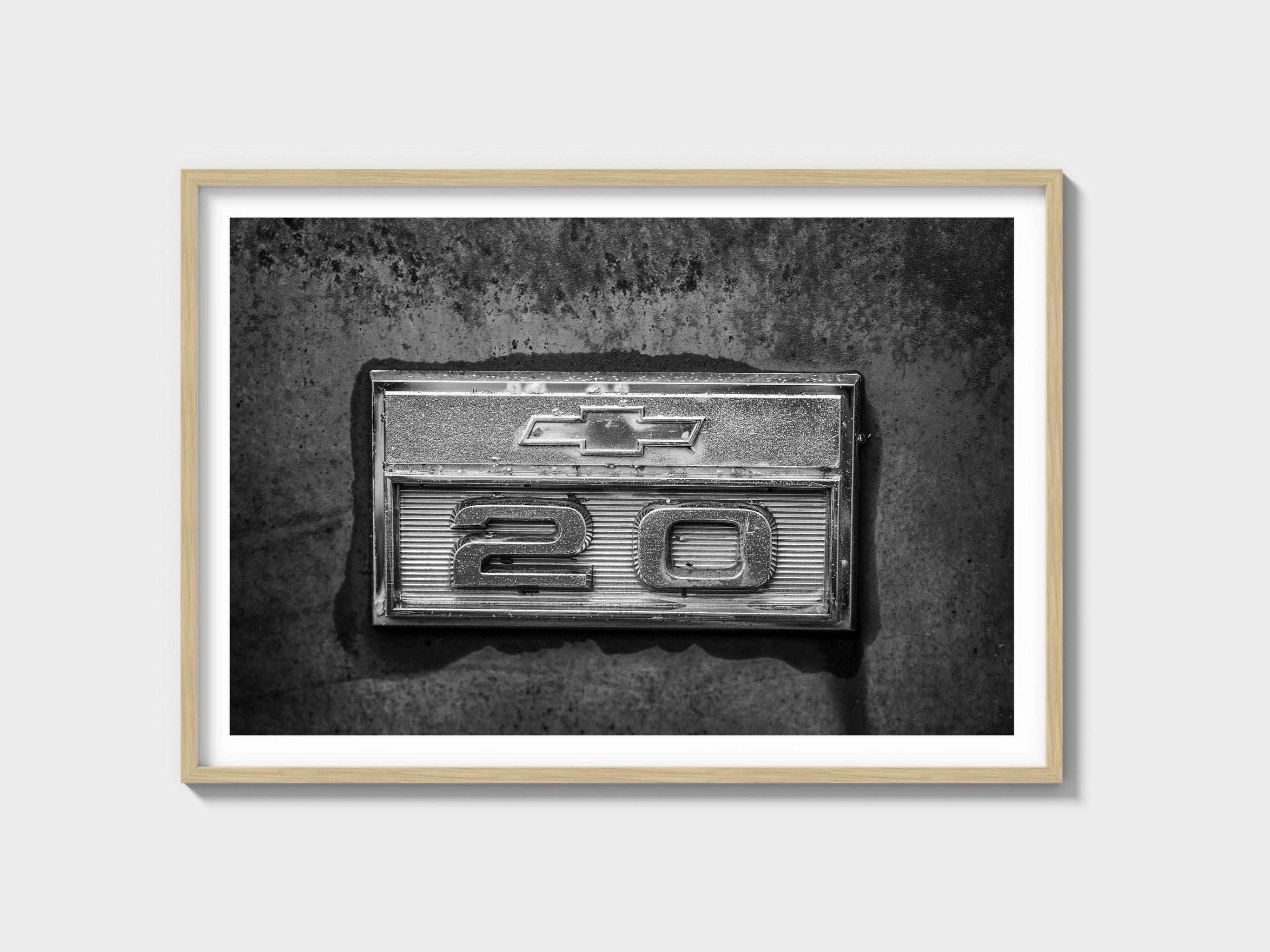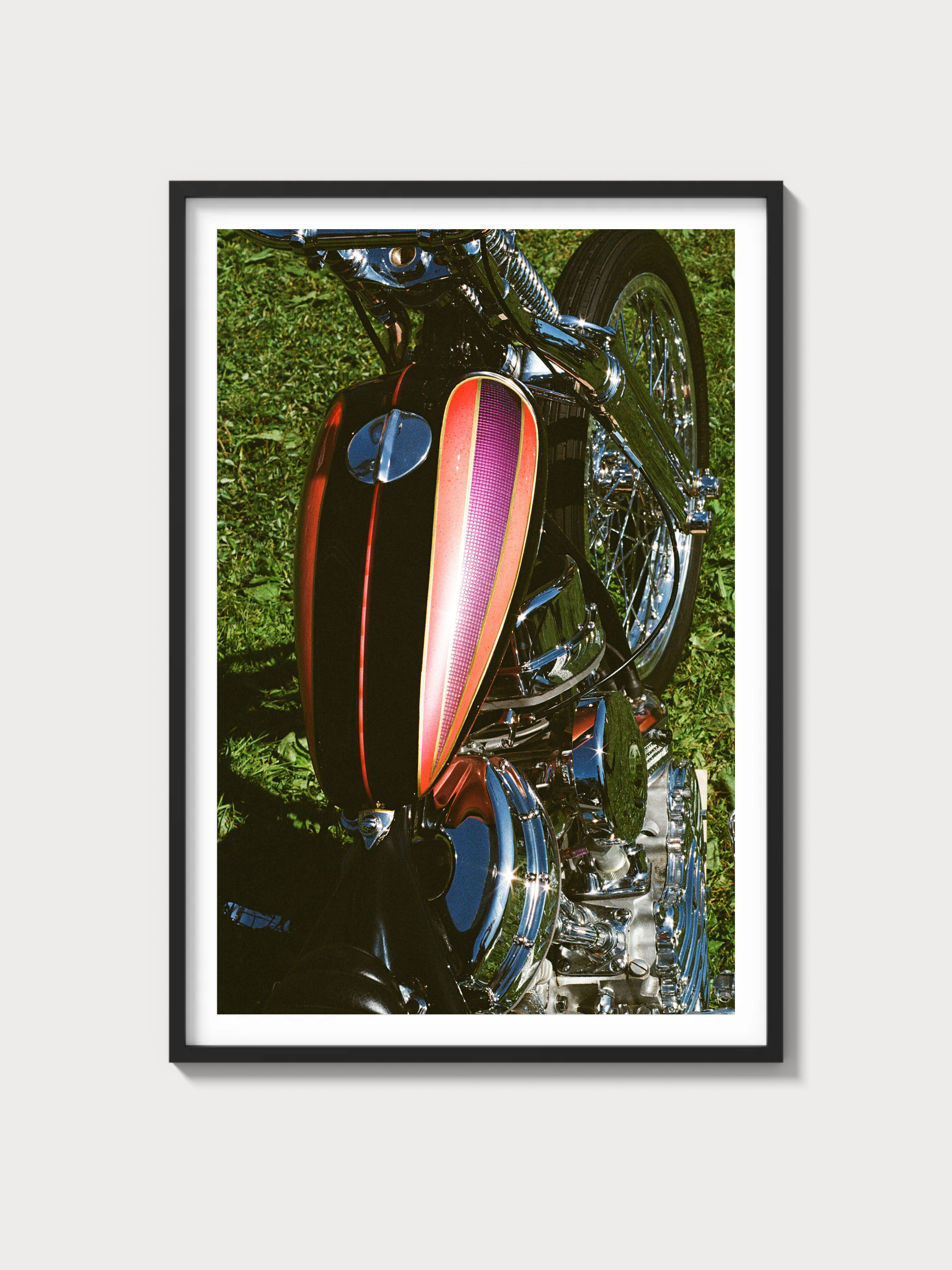2007–2014 Chevrolet Tahoe Base (3rd Gen GMT900) — The Durable Center of Gravity in GM’s SUV Line
Historical Context and Development Background
Chevrolet’s third-generation Tahoe (internal code GMT900) launched for the 2007 model year, arriving at a pivotal moment for General Motors. The program distilled lessons from the GMT800 trucks and focused on efficiency, refinement, and fleet-friendly durability while preserving the SUV’s core task capability. Aerodynamic cleanup, tighter body tolerances, and upgraded interiors were central; the Tahoe’s bluff form hid a lower drag coefficient than its predecessor, improved sealing, and attention to noise paths that made long-distance use more civil. Underneath sat a fully boxed, hydroformed frame shared with GM’s full-size SUVs and pickups, tuned for passenger duty with coil-spring rear suspension.
Stylistically, the Tahoe adopted a crisper surfacing language with a more integrated front fascia and cleaner glass-to-body relationships. Compared with the rival Ford Expedition, the GMT900 Tahoe sought lighter-on-its-feet responses and cabin polish; against Toyota’s second-generation Sequoia and Nissan’s Armada, it leaned on bulletproof small-block V8 familiarity and the vast GM dealer/service network. While the Tahoe’s core mission was family and municipal service, its ecosystem also included Special Service and Police Pursuit Vehicle derivatives—adjacent but distinct from the ‘Base’ retail configuration covered here.
Engine and Technical Specification (Base/LS Focus)
In retail form, the Base trim typically corresponds to the LS grade. Two V8s defined the era for Base/LS buyers: the 4.8-liter LR4 (generally seen in lower-content, often 2WD and fleet-leaning builds in the early years) and the widely specified 5.3-liter Vortec 5300 (LMG iron-block or LC9 aluminum-block, both with Active Fuel Management cylinder deactivation and FlexFuel capability in most applications). A four-speed automatic was standard at launch, with a six-speed arriving later to materially improve drivability and efficiency at highway speeds.
| Specification | 5.3L Vortec 5300 (LMG/LC9) |
|---|---|
| Engine configuration | 90° OHV V8, aluminum heads, variable cam phasing not used; AFM cylinder deactivation |
| Displacement | 5,328 cc (325 cu in) |
| Horsepower | Approx. 320 hp @ 5,200 rpm (application/rating year dependent) |
| Torque | Approx. 335–340 lb·ft @ ~4,000 rpm |
| Induction type | Naturally aspirated |
| Redline | ~6,000 rpm |
| Fuel system | Sequential multi-point injection; returnless |
| Compression ratio | ~9.9:1 (typical LMG/LC9) |
| Bore x stroke | 96.0 mm x 92.0 mm (3.78 in x 3.62 in) |
Alternative engine frequently seen in Base/LS: 4.8L LR4 V8 (4,805 cc), typically rated around 295 hp and 305 lb·ft, using the same OHV architecture. The 4.8L was most common on early-run 2WD and fleet-weighted builds.
Transmissions and Driveline
- 4-speed automatic (4L60E): Standard in 2007–2008 applications across 4.8L and many 5.3L builds.
- 6-speed automatic (6L80): Rolled in across 2009+ 5.3L models, bringing a shorter first gear and double overdrives for lower rpm cruising.
- Driveline: 2WD (rear-drive) standard; 4WD optional with single-speed or two-speed transfer case depending on package. Stabilitrak and traction control standard.
Driving Experience and Handling Dynamics
In Base/LS trim, the Tahoe delivers the archetypal American full-size SUV experience: relaxed, torquey, and pleasantly unflustered at highway speed. The shift from the early four-speed to the later six-speed transmission is the single largest drivability step within the generation—stronger initial acceleration, more decisive passing, and gentler engine speed at cruise. Throttle mapping is conservative and predictable; AFM cylinder deactivation is largely unobtrusive in steady-state conditions.
Chassis tuning prioritizes primary ride and body control over absolute roll-stiffness. The GMT900 SUV front suspension uses a coil-over shock layout and forged control arms to sharpen response compared with its predecessor, and the rear five-link with coils lets the Tahoe carry payloads without disintegrating axle hop or porpoising. Steering effort is light and the on-center zone is calm; stability control and ABS calibrations are progressive rather than intrusive. On 17-inch Base wheels, compliance is notably better than on the larger-diameter LTZ packages.
Performance Specifications
| Configuration (representative) | 0–60 mph | Quarter-mile | Top speed | Curb weight | Layout | Brakes | Suspension | Gearbox |
|---|---|---|---|---|---|---|---|---|
| 4.8L V8, 2WD, 4L60E (early Base) | ~9.0–9.3 s | ~16.9–17.2 s | Electronically limited ~98 mph | ~5,400 lb | Front-engine, rear-drive | 4-wheel disc, ABS, Stabilitrak | Front coil-over SLA; rear 5-link coils | 4-speed automatic |
| 5.3L V8, 2WD, 6L80 (later Base/LS) | ~8.0–8.4 s | ~16.3–16.6 s | Electronically limited ~98 mph | ~5,450 lb | Front-engine, rear-drive | 4-wheel disc, ABS, Stabilitrak | Front coil-over SLA; rear 5-link coils | 6-speed automatic |
| 5.3L V8, 4WD, 6L80 | ~8.4–8.8 s | ~16.5–16.8 s | Electronically limited ~98 mph | ~5,650–5,750 lb | Front-engine, 4WD | 4-wheel disc, ABS, Stabilitrak | Front coil-over SLA; rear 5-link coils | 6-speed automatic |
Notes: Performance varies with drivetrain, axle ratio, curb mass, and environmental conditions. Many non-PPV Tahoes are tire-speed-limited near 98 mph.
Variants and Trims (3rd Gen Tahoe Family)
| Trim/Edition | Typical Engine | Driveline | Distinctive Features | Production Numbers | Market/Notes |
|---|---|---|---|---|---|
| Base (LS) | 4.8L LR4 or 5.3L LMG/LC9 | 2WD standard; 4WD optional | 17-inch wheels, cloth seats, basic audio, manual liftgate (typical), bench 2nd-row available | Not separately published by GM | Core retail and fleet content; subject of this guide |
| LT | 5.3L LMG/LC9 | 2WD/4WD | Upgraded infotainment, convenience packages, optional leather | Not separately published by GM | Mid-grade retail |
| LTZ | 5.3L (some markets/features), premium content | 2WD/4WD | Larger wheels, Autoride/air-leveling rear, more sound insulation | Not separately published by GM | Top-line luxury focus |
| Hybrid | 6.0L V8 (LFA/LZ1) with two-mode hybrid | 2WD/4WD | Unique aero fascia, low-rolling-resistance tires, hybrid gauges/badges | Not separately published by GM | Efficiency-focused specialty model |
| SSV/PPV | 5.3L (duty-calibrated) | 2WD/4WD (PPV often 2WD pursuit) | Heavy-duty cooling/electrical, certified speed ratings, service interior | Not separately published by GM | Government/fleet only; distinct from Base |
GM did not release trim-by-trim production totals for the Tahoe GMT900; public sales reporting grouped the line as a whole, and fleet mix varied by year and market.
Ownership Notes: Maintenance and Serviceability
- Engines: The 5.3L with AFM is robust but sensitive to oil quality and level. Extended oil-change intervals on severe-duty use can aggravate AFM lifter issues and oil consumption. Many owners adopt shorter intervals than the Oil Life Monitor suggests, especially for frequent towing, idling, or hot climates.
- Transmissions: The 4L60E (’07–’08) can suffer 3–4 clutch wear and TCC complaints under heavy use; proactive fluid/filter service helps. The 6L80 (’09+) benefits from periodic fluid exchanges; harshness or shudder typically responds to updated fluid and calibrations.
- Cooling/Driveline: Severe Service schedules call for transfer case and axle fluid changes at shorter intervals when towing or in dusty, high-heat conditions. Inspect transmission cooler lines for seepage.
- Suspension/Steering: Upper control arm bushings, front hub bearings, and rear links are wear items. LTZ Autoride components (if retrofitted or swapped onto LS) add cost; Base coil-and-twin-tube hardware is simpler and cheaper to keep right.
- Electrical/Body: Door lock actuators and HVAC blend-door actuators are common replacement items. Dash-top cracking at the passenger airbag opening has been observed on many GMT900s. Liftgate support struts are simple DIY replacements.
- Exhaust/Manifold: Broken exhaust manifold bolts can create ticks on cold start. Heat cycles and corrosion are the usual culprits; numerous repair kits exist.
- Rust watch points: Rocker panels, lower doors, rear bumper supports, and frame fasteners on road-salt trucks.
- Service intervals (typical): Engine oil 5k–7.5k miles (shorter for severe duty), spark plugs ~100k miles (iridium), coolant ~5 yrs/100k miles (Dex-Cool), automatic transmission fluid and filter service advisable ~50k–60k miles for severe duty, axle/transfer case ~50k miles severe use.
Cultural Relevance and Market Standing
The GMT900 Tahoe became a visual shorthand for municipal and federal utility. While the Suburban often shouldered high-profile executive protection duty, the Tahoe Base/LS populated the vast middle—school districts, utilities, and families who valued dependable V8 torque and parts accessibility. On-screen, the shape is everywhere from procedural television to feature films, often in anonymous fleet colors. Collectability centers less on luxury trims and more on condition and provenance: low-mile, one-owner Base/LS trucks with known service histories are valued by enthusiasts who prefer simpler spec sheets over gadgetry.
Public auction lanes historically show a wide price spread dictated by mileage, corrosion, and service records rather than trim level. Specialty variants (Hybrid in unmodified, clean form; PPV/SSV with documented agency history) generate niche interest. The Base/LS remains the purist’s pick for a durable, easy-to-maintain GMT900 Tahoe.
Frequently Asked Questions
Which engines were available on the 2007–2014 Tahoe Base (LS)?
Most Base/LS trucks carry the 5.3L Vortec 5300 (LMG/LC9). Early and fleet-oriented two-wheel-drive examples can be found with the 4.8L LR4.
Is the 6-speed automatic worth seeking over the 4-speed?
Yes, for most drivers. The 6L80 (2009+) improves launch feel, reduces cruising rpm, and broadens the Tahoe’s performance and towing comfort envelope.
What is the typical towing capacity?
Depending on axle ratio, driveline, and cooling packages, Tahoe Base models generally rate in the roughly 7,000–8,200 lb range. Always verify the specific truck’s door-jamb and manual ratings.
Known problems to check on a used example?
AFM-related lifter or oil-consumption complaints on neglected 5.3Ls; 4L60E shift flare or 3–4 clutch wear on hard-used early trucks; door lock and HVAC actuator failures; cracked dash pad; worn suspension bushings and hubs; and exhaust manifold bolt breakage.
Does the Base have a third row?
Yes, but on GMT900 the third row is removable rather than fold-flat into the floor. Many Base/LS trucks were ordered without the third row for cargo or fleet use.
Are parts easy to source?
Mechanical and wear components are widely available and inexpensive relative to class. Body and trim parts are also common, though color- and option-specific interior pieces can take more time to locate in the best condition.
What fuel does it require?
Regular 87-octane unleaded is specified for the 4.8L and 5.3L engines in these applications; many 5.3Ls are FlexFuel capable.
How does it compare to rivals?
Against the Expedition and Sequoia of the era, the Tahoe Base emphasizes familiar small-block serviceability, a comfortable ride on standard 17-inch tires, and strong parts support. The Toyota trades on perceived longevity, Ford on independent rear suspension ride quality; the Tahoe’s counter is simplicity, service network, and a stout frame.

















































